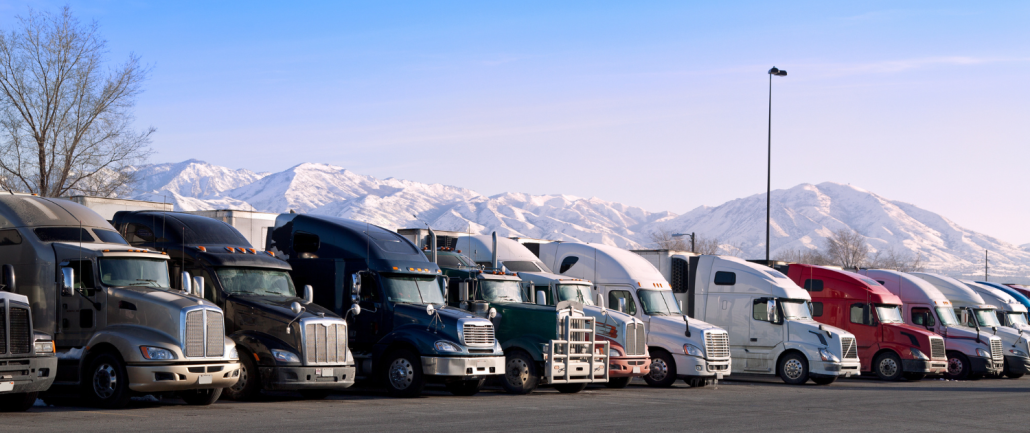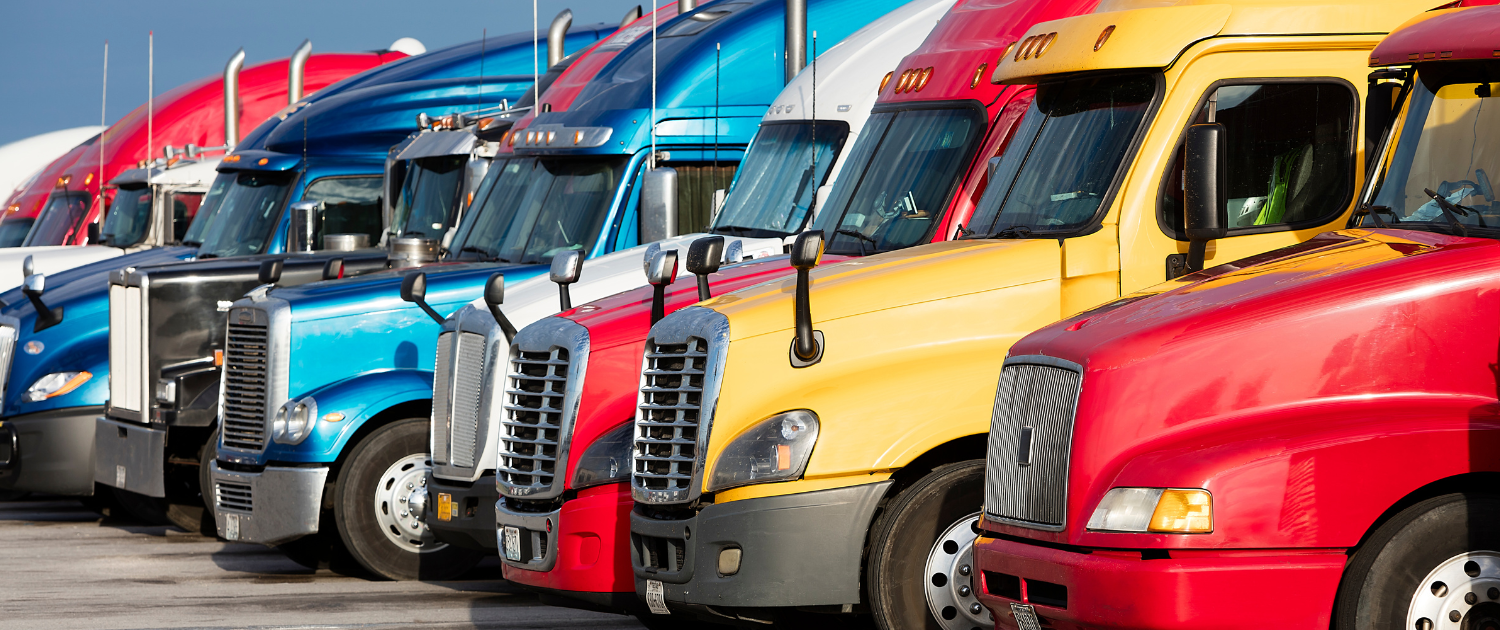
Truck driving remains one of the most accessible and stable career paths in the United States.
With an ongoing demand for freight transportation across the country, the trucking industry offers a range of benefits that appeal to people at all stages of life, from young adults seeking a first career to retirees looking for a flexible source of income.
Keep reading to learn why truck driving can be a rewarding and practical choice no matter your age or career stage.
High Demand Means Strong Job Security
According to the American Trucking Associations (ATA), the industry faces a persistent driver shortage, with an estimated shortfall of over 60,000 drivers in recent years. This gap is expected to grow due to retirements, increasing freight demand, and relatively low entry into the profession by younger workers.
This labor shortage means that qualified drivers are in high demand. For workers of any age, this creates strong job security. Trucking companies are actively recruiting both new entrants and experienced workers, including older adults, offering consistent work opportunities.
A Career That Welcomes Midlife and Older Workers
Unlike many physically demanding or age-restricted careers, truck driving is accessible well into midlife and beyond.
The Federal Motor Carrier Safety Administration (FMCSA) does not impose a maximum age limit for commercial drivers, provided the individual passes a Department of Transportation (DOT) physical and meets all licensing and safety requirements.
Many drivers enter the profession in their 40s, 50s, or even 60s. According to the Bureau of Labor Statistics, the average age of a truck driver is over 47 years old, higher than the national workforce average. For older adults seeking a career change, supplemental income, or post-retirement work, truck driving offers a viable and respected option.
This career path also aligns well with the skills and experiences of U.S. military veterans. In fact, many veterans are eligible to waive the CDL skills test if they have experience operating heavy-duty vehicles and possess a military commercial driver’s license. Additionally, some trucking companies offer veteran-specific training programs, tuition assistance, and mentorship opportunities.
Promising Opportunities for Young Adults Starting Their Careers
Although the average age of truck drivers in the U.S. may currently skew higher, the industry is increasingly looking to attract younger talent.
Trucking offers a stable and well-paying career path for young adults, especially those who prefer hands-on work or are looking for alternatives to a traditional four-year college degree.
In most states, individuals can earn a CDL as early as age 18 for intrastate driving, meaning they can begin working and gaining experience driving within the same state right out of high school. To address driver shortages and expand opportunities, the Federal Motor Carrier Safety Administration (FMCSA) launched the Safe Driver Apprenticeship Pilot Program in 2022.
This initiative allows qualified 18- to 20-year-olds to drive interstate under specific training and safety guidelines, giving young drivers a clearer path into long-haul trucking.
When it comes to a career in trucking, younger drivers can benefit from:
- Fast entry: CDL training can often be completed in 4–8 weeks.
- No college debt: Many training programs are affordable, or employer sponsored.
- Strong earning potential: The median salary for truck drivers is around $57,000, with room to grow.
- Career building: Driving helps develop time management, discipline, and independence. Many carriers also offer opportunities for career development through internal promotions and additional certifications.
CDL Training is Accessible and Fast
For drivers of any age, getting started in trucking typically involves earning a Commercial Driver’s License (CDL), which can be obtained through public or private training programs. Many programs are completed in 4 to 8 weeks, and some employers offer sponsored training or tuition reimbursement.
This low barrier to entry makes trucking accessible to career switchers or younger adults not pursuing a four-year college degree. It is also a practical retraining option for those re-entering the workforce after a layoff or retirement.
A career in transportation doesn’t require a CDL, however. There are also plenty of rewarding opportunities for non-CDL drivers as well, such as driving for local delivery services like UPS or FedEx.
Competitive Pay and Strong Benefits
One of the major advantages of a truck driving career is its solid earning potential, making it a valuable career option for people of any age.
According to the U.S. Bureau of Labor Statistics, heavy and tractor-trailer truck drivers earn a median annual wage of about $57,000. However, many drivers earn more depending on several factors, including experience level, the type of freight they transport, and special endorsements like hazmat or tanker.
Because pay is often based on miles driven or loads delivered, motivated drivers can increase their earnings. Performance bonuses, overtime, and specialized routes can also add to take-home pay. This financial flexibility can support a range of life goals, from saving for the future to supplementing retirement income.
In addition to base pay, many employers offer:
- Health, dental, and vision insurance
- 401(k) or other retirement plans
- Paid time off and holidays
- Sign-on and safety bonuses
- Tuition reimbursement for CDL training
Truck driving is more than just a job, it’s a viable, flexible career path for people at nearly every stage of life.
Looking for more information on new trends and industry advice? Be sure to check out more posts on our blog and connect with us on social media!











